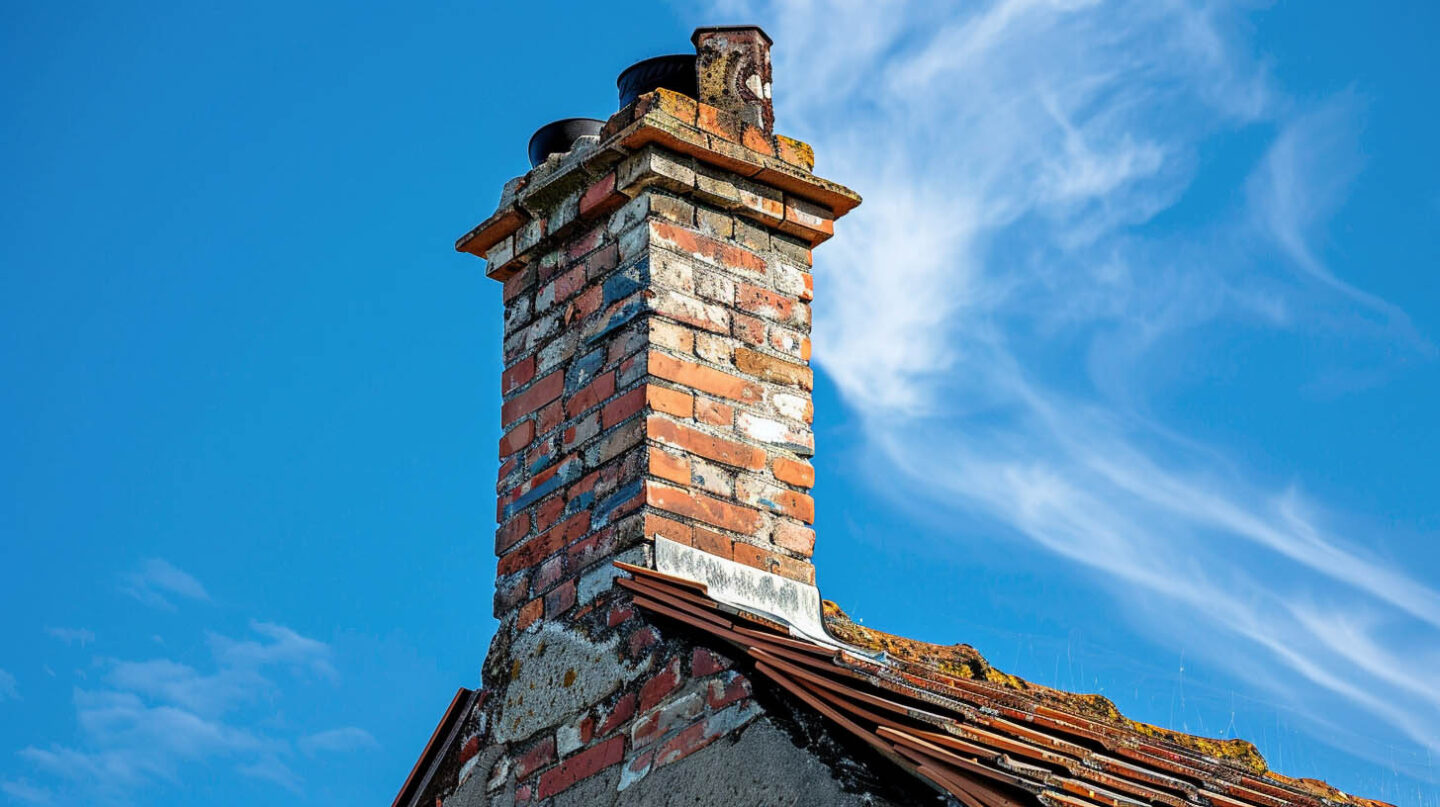Chimney maintenance is often overlooked, yet it plays a critical role in your home’s overall integrity. At The Shingle Master, we understand that the size of your chimney and the materials used, such as copper and masonry, can significantly influence its susceptibility to leaks in Raleigh, NC. Common issues arise from inadequate flashing, with a focus on counter-flashing and cricket design offering essential solutions. Our expertise in these components is vital not just for waterproofing but also for preventing mold growth and safeguarding the rest of the roof from potential water damage. Trust The Shingle Master to keep your chimney in optimal condition.
Understanding Chimney Leaks and Their Causes
Various factors contribute to the emergence of leaks, often linked to inadequate flashing or poor masonry maintenance. The size of your chimney, along with its construction materials, plays a pivotal role in determining leak susceptibility. Water infiltration frequently occurs at the intersection of the chimney and roof, particularly when step flashing, base flashing, and counter-flashing are improperly installed. Mold growth, resulting from moisture accumulation, can further exacerbate the problem, making timely repairs essential to safeguard your home’s integrity.
Common Sources of Water Intrusion Around Chimneys
Water intrusion around chimneys often originates from various sources. One common culprit is deteriorating or improperly installed flashing, which can fail to direct runoff, allowing moisture to seep beneath shingles. Additionally, cracks in masonry or issues with the crown can also permit water entry, exacerbating problems like mold growth. Over time, these vulnerabilities can lead to significant structural damage, making it essential to address potential leaks promptly and maintain your chimney’s integrity with regular inspections.
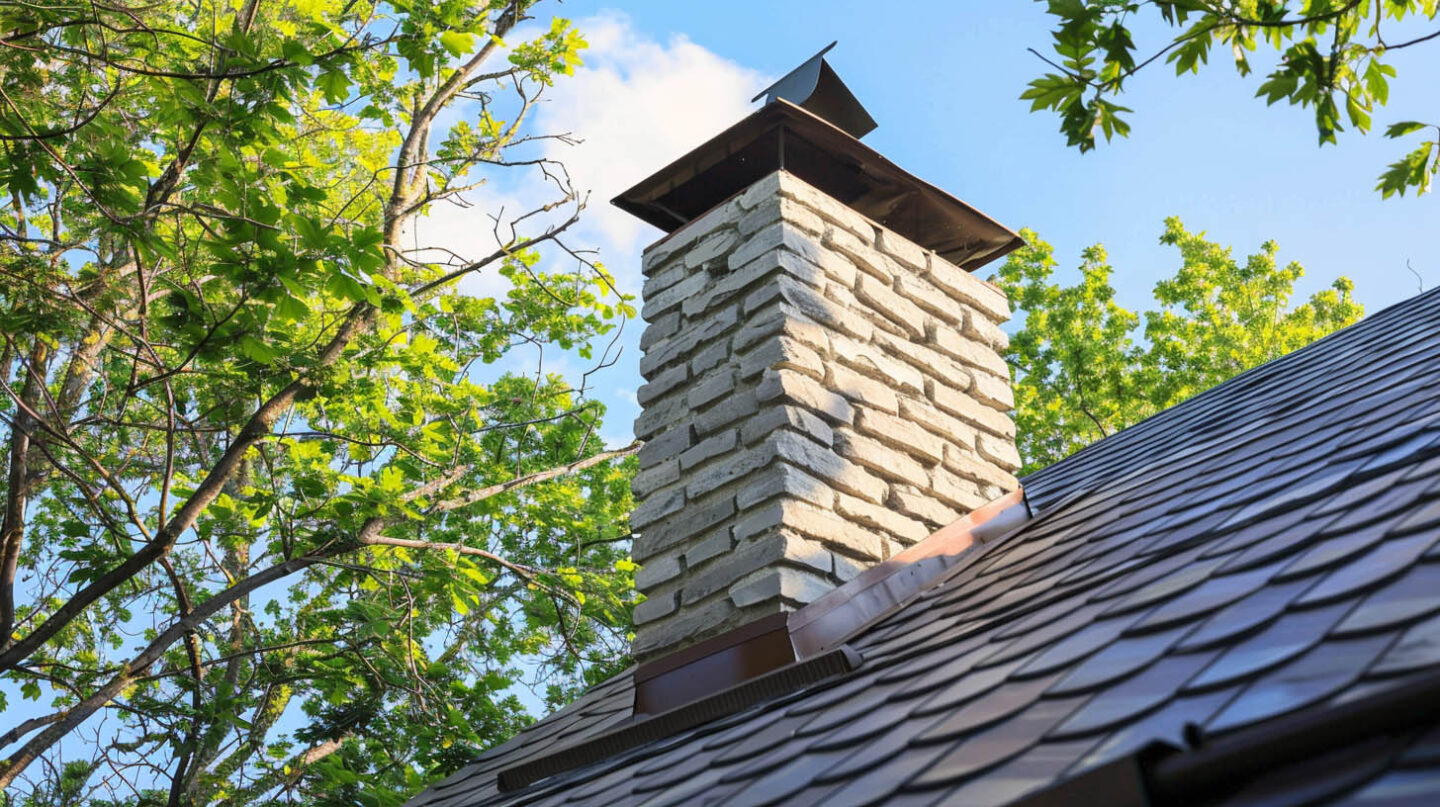
How Raleigh’s Climate Affects Chimney Leak Risks
Raleigh’s humid subtropical climate contributes significantly to the potential for leaks. High humidity levels create an environment ripe for mold growth, especially around chimney flashing areas. Frequent rainstorms and strong winds can exacerbate wear on shingles and undermine the effectiveness of both counter-flashing and standard chimney flashing. Additionally, temperature fluctuations can cause expansion and contraction in masonry materials, increasing the risk of cracks and water intrusion. Proper installation and maintenance by a professional roofing company are essential for mitigating these challenges.
The Role of Flashing in Chimney Waterproofing
An effective chimney waterproofing strategy hinges on the proper installation and maintenance of flashing. Serving as the first line of defense, flashing directs water away from vulnerable areas where the meets the rest of the roof. Variations like step flashing, base flashing, and counter-flashing each play vital roles, collectively mitigating the risks of leaks and mold growth. Utilizing quality materials, such as copper, ensures durability and long-term protection against the elements, ultimately safeguarding both your chimney and your home.
Types of Chimney Flashing Used in Modern Roofing
In modern roofing, various types of flashing safeguard against water intrusion. Commonly used options include step flashing, which integrates with shingles to create a watertight seal, and base flashing, situated at the base of the chimney. Counter flashing, an essential element, overlaps step flashing to ensure water flows away from the chimney and into the roof’s drainage system. Utilizing materials like copper enhances durability, preventing leaks and reducing the risk of mold growth around your structure.
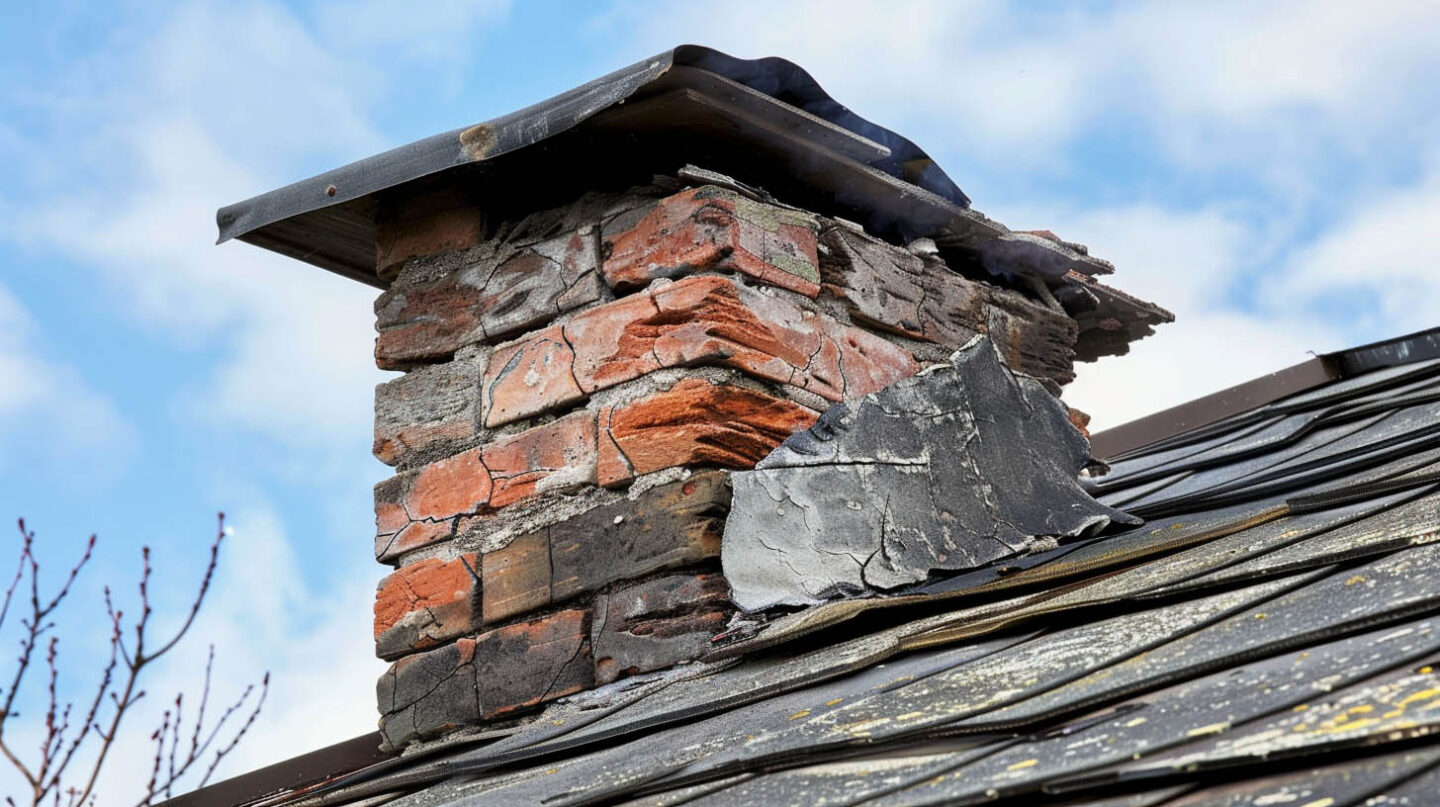
Differences Between Step Flashing, Base Flashing, and Counter-Flashing
Step flashing, base flashing, and counter-flashing serve distinct functions in chimney waterproofing. Step flashing consists of overlapping sections fitted between shingles to guide water away, while base flashing creates a weatherproof barrier at the base of the chimney. Counter-flashing, often made from durable materials like copper, is installed into the masonry joint, overlaying the base flashing and further sealing the roof intersection. Understanding these differences ensures effective protection against water intrusion, mold growth, and potential leaks, safeguarding the integrity of your roofing system.
What Is Counter-Flashing and Why Is It Essential?
Counter-flashing is a critical roofing component that overlaps the top edge and extends into the roof. It prevents water from seeping down into the chimney structure, thus safeguarding against leaks and extensive water damage. Proper installation is crucial for maximizing its effectiveness.
How Counter-Flashing Prevents Leaks at the Chimney-Roof Intersection
Properly installed counter-flashing is critical for sealing the intersection between your chimney and the rest of the roof. This layer of protection channels water away, preventing it from penetrating beneath the shingles and into the masonry. Often composed of durable materials like copper, counter-flashing creates a watertight barrier that specifically addresses the vulnerabilities at this junction. By effectively directing rainwater and minimizing moisture accumulation, it significantly reduces the risk of leaks and mold growth, safeguarding the structural integrity.
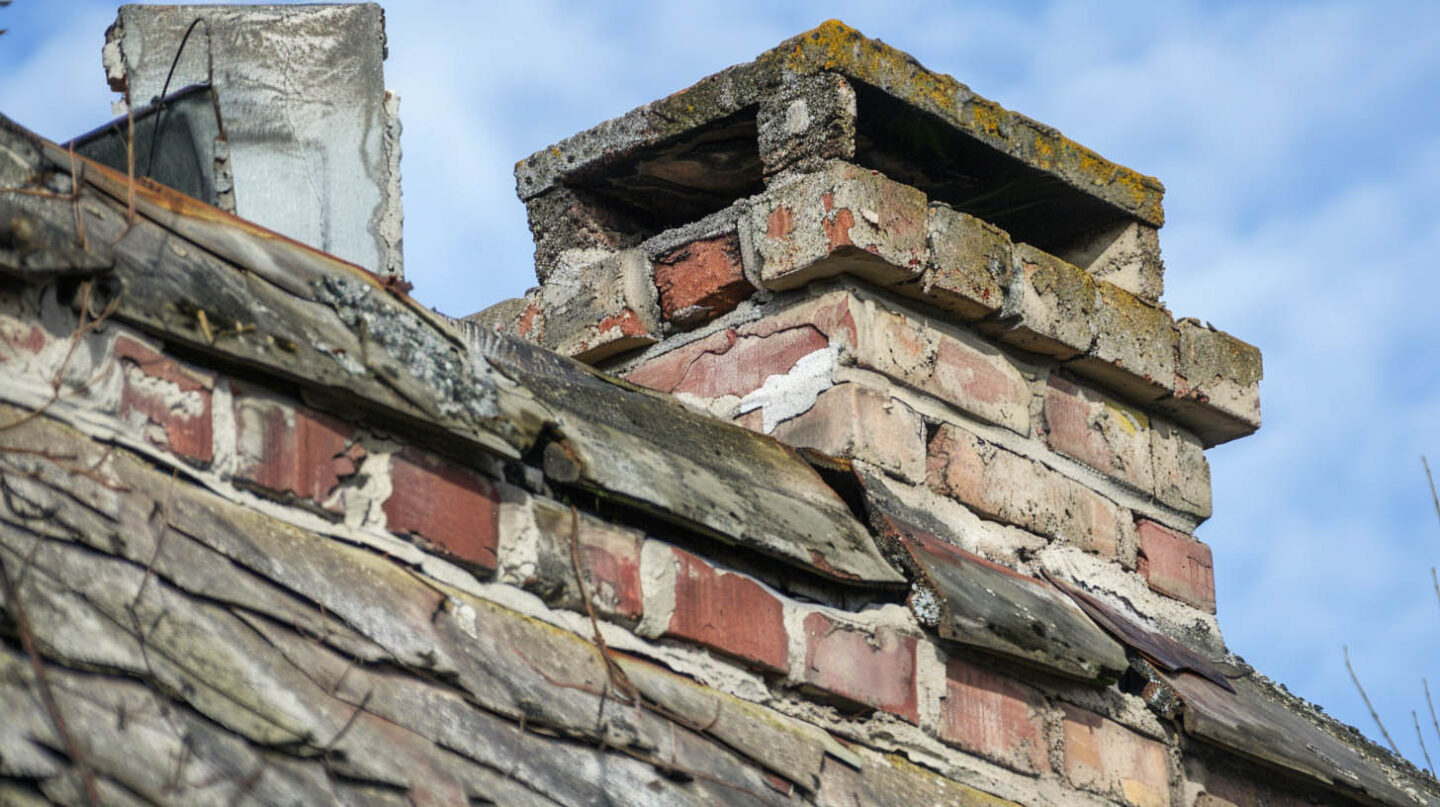
Installation Process and Materials for Counter-Flashing
Proper installation of counter-flashing is crucial to prevent leaks at the roof intersection. Typically composed of durable materials such as aluminum or copper, counter-flashing is installed in a way that overlaps with the step flashing, effectively sealing the joints. A roofing company will usually start by assessing the size of your chimney and the existing roof structure. Following this, they will carefully insert the counter-flashing into the masonry and secure it, ensuring it directs water away and mitigates mold growth risks.
Cricket Design: Diverting Water to Protect Your Chimney
A well-designed cricket can significantly enhance the functionality of a chimney by directing water away from its base. This sloped structure acts as a diversion, preventing water pooling that often leads to leaks and subsequent mold growth. When considering a new roof or necessary repairs, incorporating a cricket is essential for maintaining a dry and durable chimney. Its effectiveness in channeling rainwater not only protects the chimney but also prolongs the lifespan of surrounding roofing materials.
How a Cricket Works to Prevent Water Pooling
A well-designed cricket works by redirecting water away from the chimney, allowing for efficient drainage and minimizing the risk of water pooling. Positioned on the upslope side, it enhances the overall function of flashing by creating a sloped surface that channels moisture towards the roof. This strategic diversion not only helps prevent leaks but also reduces the potential for mold growth and deterioration of masonry materials. Proper installation by a skilled roofing company is critical to ensure effectiveness and longevity.
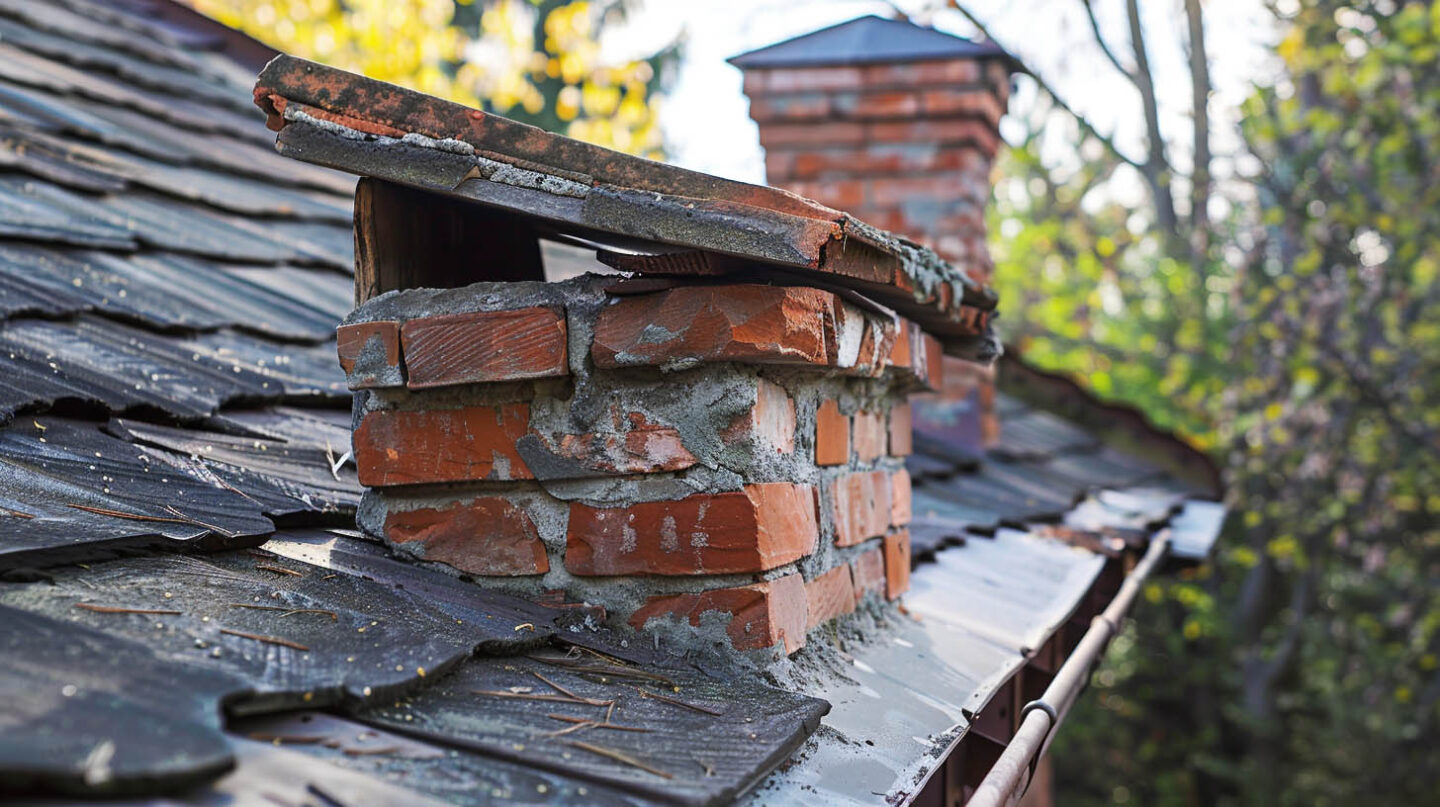
When You Should Add a Chimney Cricket
Consider incorporating a chimney cricket during new roofing projects or repairs to bolster waterproofing efforts and prevent potential leaks. This crucial design element is particularly beneficial for larger chimneys, as it deflects water away from the base, mitigating the risk of mold growth and structural damage. If existing shingles exhibit signs of wear or if the roof’s pitch favors water pooling, a cricket installation is advisable. Consulting a qualified roofing company ensures proper integration, maximizing the effectiveness of your chimney flashing and overall roofing system.
Get in Touch
Addressing chimney leaks effectively necessitates a comprehensive understanding of both counter-flashing and cricket design. By preventing water intrusion through proper installation and maintenance, homeowners can safeguard their structures against potential hazards like mold growth and roof damage. Investing in quality chimney flashing, whether it’s step, base, or counter-flashing, is crucial to enhance durability. Moreover, the strategic use of crickets further shields chimneys from the adverse effects of pooling water, thus ensuring a longer lifespan for roofing and masonry materials. As a GAF Master Elite Contractor, BBB A+, Haag Certified Inspector, NC Licensed General Contractor, and recognized as Raleigh Chamber of Commerce, we prioritize excellence in every aspect of our work, supported by our affiliations with NHBA.
Frequently Asked Questions
How wide of a chimney requires a cricket?
Chimneys wider than 30 inches typically require a cricket to effectively redirect water away from the chimney structure. This prevents pooling and potential leaks, ensuring better protection for the roof and chimney intersection over time. Proper installation is crucial to maximize its benefits.
When should a chimney have a cricket?
A chimney should have a cricket installed when it is situated on a slope or near a roof valley to effectively divert water away. Adding one during new roof installations or repairs enhances protection against leaks caused by water pooling around the chimney base.
Read our blog: Bruising vs Blistering: How Pros Document Hail Damage

